2004-04-29 10:40
Transshipment cargoes decrease in Pusan
Transshipment cargoes through Pusan Port decreased in March from the previous month. Pusan Regional Maritime Affaires & Fisheries Office announced April 22 that the Port handled 365,336 TEU of transshipment cargoes in March, representing a decrease of 6.8% from the same period last year, and more than 4% from the previous month.
During the first quarter of 2004, transshipment cargoes stood at 1,041,819 TEU, a decrease of 3.2% compared to first quarter of 2003. The steep decline has caused many anxieties, fearing that Pusan Port may have some serious obstacles to overcome and may be further away from its goal of becoming a major hub port in northeast Asia. Historically, transshipment cargoes have increased continually since 1999.
The Port handled 940,230 TEU this past March, a decrease of 0.5% compared with last March. The port saw increased container cargoes for 4 months from October, 2003. During February of this year, container cargoes increased by 7.5% compared with the same period last year. But even the rate of growth fell as transshipment cargoes continue to decline more and more.
Handling rates of transshipment cargoes decreased by 4% in February, but export cargoes (262,412 TEU) increased by 23.1% and import cargoes (253,231 TEU) increased by 15.1%. The port handled 834,785 TEU, an increase of 7.5% compared with the previous year, with a sharp increase of domestic trading cargoes in February.
During the first quarter, the Port of Pusan handled 2,642,716 TEU, an increase of 2.9% compared with the same period last year, because of declining cargoes in March.
An official at the Pusan Regional Maritime Affaires & Fisheries Office said, "Northern Chinese ports like Quingdao and Dalian improved their port facilities for large sized M/Vs," and added, "So, global shipping companies like Maersk-Sealand, OOCL, APL, and P&O Nedlloyd changed callings from Pusan Port to those ports, and Chinese cargoes for North America or Europe use a port in Malaysia as their new transshipment port."
Meanwhile, the BPA (Busan Port Authority) may operate a volume incentive system and reduce and/or exempt stevedoring fees for shipping companies handling under 0.2 million TEU, lower than the standard increase rate of 20%. The system applies to shipping companies handling over 0.2 million TEU, higher than the original standard increase rate of 20%.
During the first quarter of 2004, transshipment cargoes stood at 1,041,819 TEU, a decrease of 3.2% compared to first quarter of 2003. The steep decline has caused many anxieties, fearing that Pusan Port may have some serious obstacles to overcome and may be further away from its goal of becoming a major hub port in northeast Asia. Historically, transshipment cargoes have increased continually since 1999.
The Port handled 940,230 TEU this past March, a decrease of 0.5% compared with last March. The port saw increased container cargoes for 4 months from October, 2003. During February of this year, container cargoes increased by 7.5% compared with the same period last year. But even the rate of growth fell as transshipment cargoes continue to decline more and more.
Handling rates of transshipment cargoes decreased by 4% in February, but export cargoes (262,412 TEU) increased by 23.1% and import cargoes (253,231 TEU) increased by 15.1%. The port handled 834,785 TEU, an increase of 7.5% compared with the previous year, with a sharp increase of domestic trading cargoes in February.
During the first quarter, the Port of Pusan handled 2,642,716 TEU, an increase of 2.9% compared with the same period last year, because of declining cargoes in March.
An official at the Pusan Regional Maritime Affaires & Fisheries Office said, "Northern Chinese ports like Quingdao and Dalian improved their port facilities for large sized M/Vs," and added, "So, global shipping companies like Maersk-Sealand, OOCL, APL, and P&O Nedlloyd changed callings from Pusan Port to those ports, and Chinese cargoes for North America or Europe use a port in Malaysia as their new transshipment port."
Meanwhile, the BPA (Busan Port Authority) may operate a volume incentive system and reduce and/or exempt stevedoring fees for shipping companies handling under 0.2 million TEU, lower than the standard increase rate of 20%. The system applies to shipping companies handling over 0.2 million TEU, higher than the original standard increase rate of 20%.
많이 본 기사
- 신년특집 기획/ 새해 컨시장 기상도 유럽 상승 vs 북미 혼조컨운임지수 넉달만에 2500선 넘어…6주 연속↑상하이항 5000만TEU·싱가포르항 4000만TEU 나란히 돌파BDI 1015포인트…케이프·수프라막스선 하락세 이어져해운협회, 부산항내 중대재해 예방 안전캠페인해운조합, 전환교통지원사업 24일까지 공모태웅로직스, 한화토탈에너지스 우수 파트너사 선정여수해경, 해양환경관리 모범선박 예인선 <세진 101>호 선정인천신항 선광신컨테이너터미널, 전기구동 야드트랙터 13대 도입해양수산부, 김혜정 신임 부산해수청장 선임
- 대한조선, 그리스 선사 발주 석유제품운반선 4척 동시명명경기평택항만공사, 평택·당진항 배후단지 업무편의시설용지 분양SK인천석유화학, 3300t급 급유선 도입…“서해 벙커링시장 경쟁력 강화...관세청, 설맞아 수출입화물 선적지원·24시간 통관등 특별대책 시행강도형 해수부 장관, “새해 글로벌공급망 관리 중점 추진”인사/ 우진글로벌로지스틱스부음/ 한국선급 최원준 부사장 모친상롯데글로벌로지스, ‘소비자불만해결 우수사업자’ 선정‘항만효율화 공로’ 주성씨앤에어 박진수 대표, 해수부 장관표창 영예BPA, 신년맞이 동절기 부산신항 안전관리 실태 점검





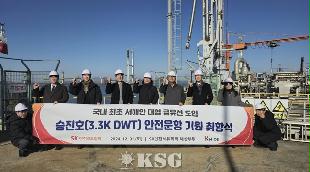

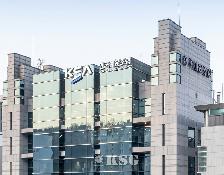
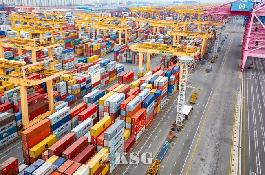
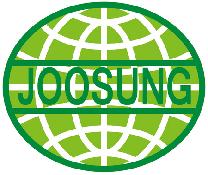

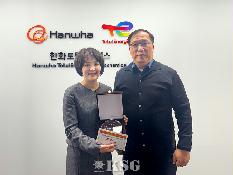

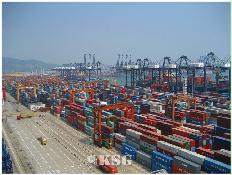
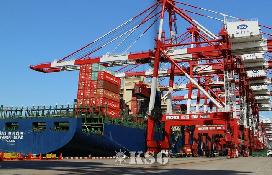
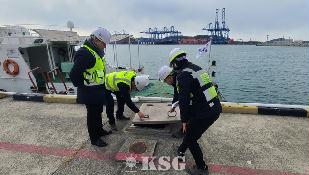
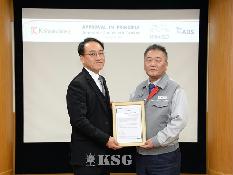
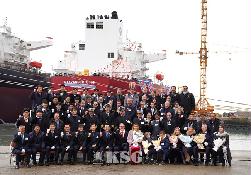
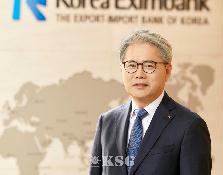
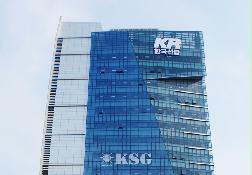
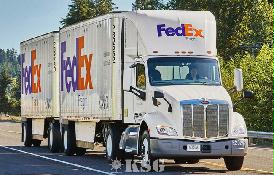
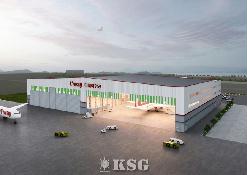
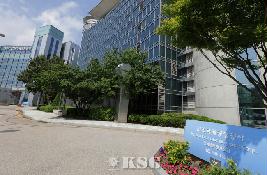

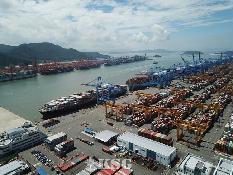
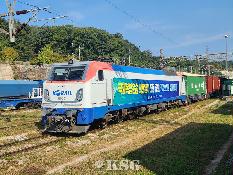
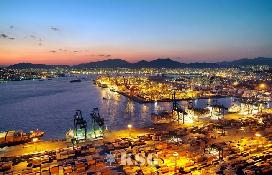
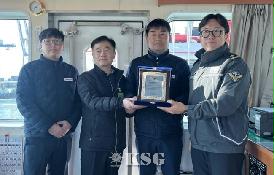
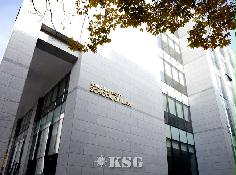
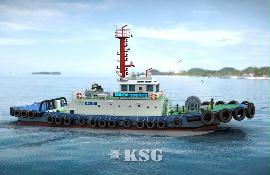
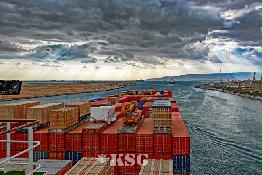


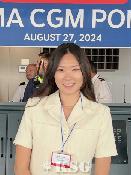





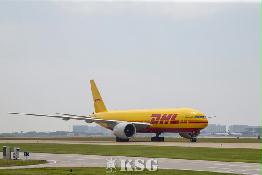
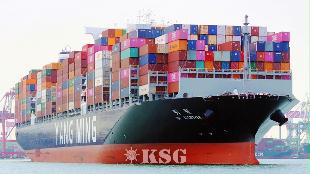
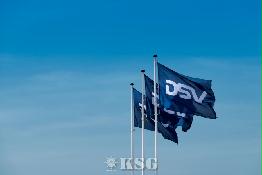
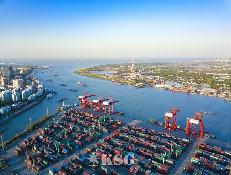
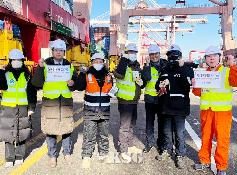








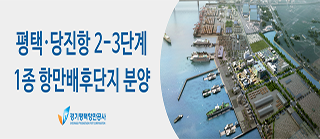












0/250
확인